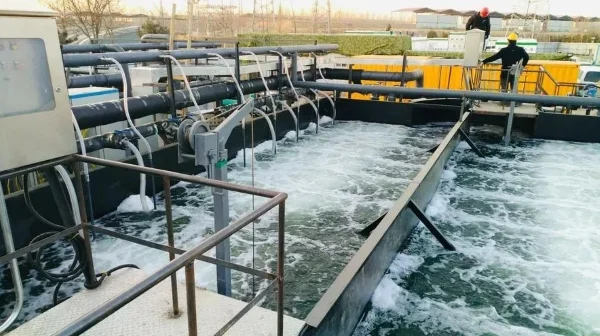
Introduction
Cyanide - containing wastewater is a significant environmental concern due to its highly toxic nature. The three commonly known highly toxic cyanides, namely Sodium cyanide (NaCN), potassium cyanide (KCN), and hydrocyanic acid (HCN), pose a severe threat to both human health and the environment. The common denominator among these Cyanides is their ability to readily dissociate and release the cyanide ion (CN-).
Hazards of Cyanide - containing Wastewater
Toxicity Mechanism to Humans
The lethal toxicology of cyanides lies in the fact that the cyanide ion (CN-) has a strong affinity for iron ions. Once in the human body, CN- binds easily with iron ions, which leads to a decrease in the oxygen - carrying capacity of iron - containing substances. This ultimately results in oxygen deficiency in central nervous system cells. As a consequence, the poisoned individuals often die from respiratory central paralysis. Poisoning can occur through various routes, including skin contact, oral ingestion, inhalation, injection, and mucosal contact. Even a small amount of cyanide exposure can be life - threatening.
Environmental Impact
Cyanide - containing wastewater, if not properly treated and discharged into water bodies, can have a devastating impact on aquatic life. Aquatic organisms are extremely sensitive to cyanide. Even at low concentrations, cyanide can disrupt the normal physiological functions of fish, invertebrates, and other aquatic species, leading to reduced growth, reproductive problems, and ultimately death. This, in turn, can disrupt the entire aquatic ecosystem, affecting food chains and biodiversity.
Treatment Processes of Cyanide - containing Wastewater
High - Concentration Cyanide - containing Wastewater Treatment: Recovery of Cyanides
For high - concentration cyanide - containing wastewater, the method of recovering cyanides is often employed. This approach aims to extract and recycle valuable cyanides from the wastewater. One common technique is solvent extraction. In solvent extraction, a suitable organic solvent is used to selectively extract cyanide compounds from the aqueous wastewater phase. The cyanide - laden organic phase can then be further processed to recover pure cyanides. This method has the advantage of not only reducing the environmental impact by removing cyanide from the wastewater but also recovering a potentially valuable chemical resource. However, it requires careful selection of solvents and strict control of operating conditions to ensure high - efficiency extraction and minimize solvent losses.
Low - Concentration Cyanide - containing Wastewater Treatment: Destruction of Cyanide
Oxidation Methods
1.Chemical Oxidation
Principle: Chemical oxidation methods use strong oxidizing agents to convert cyanide ions into less toxic or non - toxic substances. For example, chlorine - based oxidants such as sodium hypochlorite (NaOCl) can react with cyanide ions. The reaction first converts cyanide (CN-) to cyanate (CNO-), and further oxidation can break down cyanate into carbon dioxide (CO2), nitrogen (N2), and other harmless products. The overall reaction can be represented as follows:
In the first step: (CN^ -+OCl^ -\rightarrow CNO^ -+Cl^)
In the second step: (2CNO^ -+3OCl^ -+H_2O\rightarrow 2CO_2 + N_2+3Cl^ -+2OH^ -)
Advantages: Chemical oxidation is relatively simple to operate and can be effective in treating low - concentration cyanide - containing wastewater. It can be implemented in existing wastewater treatment plants with some modifications to the treatment process.
Disadvantages: The use of large amounts of oxidizing agents can be costly. Moreover, if not properly controlled, the reaction may produce by - products that could also be harmful to the environment. For example, excessive chlorine use may lead to the formation of disinfection by - products such as trihalomethanes.
2.Electrolytic Oxidation
Principle: In electrolytic oxidation, an electric current is passed through the cyanide - containing wastewater in an electrolytic cell. The anode of the cell acts as the site where oxidation occurs. Cyanide ions are oxidized at the anode surface. The general reaction at the anode can be written as (2CN^ -+4OH^ -\rightarrow 2CNO^ -+2H_2O + 2e^ -), and further oxidation of cyanate can occur to form carbon dioxide and nitrogen.
Advantages: It is a relatively clean treatment method as it does not introduce additional chemical substances other than the electrodes. It can be automated and controlled precisely.
Disadvantages: However, as mentioned, electrolytic oxidation is highly energy - consuming. The need for a continuous supply of electricity makes the treatment cost relatively high. Additionally, the electrodes may experience corrosion over time, which requires regular maintenance and replacement.
Biological Treatment
Principle: Biological treatment of cyanide - containing wastewater relies on microorganisms that can metabolize cyanide as a carbon or nitrogen source. Some bacteria and fungi have the ability to break down cyanide through enzymatic reactions. For example, certain cyanide - degrading bacteria can convert cyanide into ammonia and formate through a series of enzymatic steps. The ammonia can then be further nitrified by other microorganisms in the treatment system.
Advantages: Biological treatment is generally more environmentally friendly as it does not involve the use of large amounts of chemicals. It can be cost - effective for treating low - concentration cyanide - containing wastewater over the long term, especially in cases where there is a suitable microbial consortium established.
Disadvantages: However, biological treatment is highly sensitive to changes in wastewater composition, temperature, and pH. Sudden changes in these parameters can inhibit the growth and activity of the cyanide - degrading microorganisms, leading to reduced treatment efficiency. It also requires a relatively long treatment time compared to some chemical methods.
Cyanide Regeneration and Recovery Method
Principle: This method is similar to the recovery method for high - concentration wastewater but can also be applied to some low - concentration cases. It focuses on regenerating and recycling cyanide from the wastewater. One approach is to use ion - exchange resins. The cyanide ions in the wastewater can be adsorbed onto the resin surface. Then, by using a suitable eluent, the cyanide can be desorbed from the resin and recovered.
Advantages: It can reduce the overall consumption of cyanide in industrial processes by recycling the cyanide. This not only has economic benefits but also reduces the environmental impact associated with the disposal of cyanide - containing wastewater.
Disadvantages: The ion - exchange resins need to be carefully selected and maintained. The regeneration process may require the use of additional chemicals, and there is a risk of resin fouling, which can decrease the efficiency of the cyanide recovery process.
Conclusion
Cyanide - containing wastewater is a serious environmental and health hazard. Understanding the toxicity mechanisms and implementing appropriate treatment processes are crucial. Each treatment method, whether it is for high - or low - concentration wastewater, has its own set of advantages and disadvantages. The choice of treatment method depends on various factors such as the initial cyanide concentration, the required treatment efficiency, cost - effectiveness, and environmental impact. In the future, more research and development are needed to improve existing treatment processes and develop new, more efficient, and cost - effective methods for treating cyanide - containing wastewater to ensure a cleaner and safer environment.
- Random Content
- Hot content
- Hot review content
- Anionic/Cationic Polyacrylamide Flocculant PAM
- 31%-36% HCl/Industrial Grade Hydrochloric Acid
- Ammonium Chloride 99.5% Mining Collector
- Sodium Persulfate,Sodium Persulphate,supplier 99.00%
- Dodecylbenzenesulfonic acid
- Industrial Sodium Nitrite 98.5%
- Magnesium Sulfate
- 1Discounted Sodium Cyanide (CAS: 143-33-9) for Mining - High Quality & Competitive Pricing
- 2China's New Regulations on Sodium Cyanide Exports and Guidance for International Buyers
- 3Sodium Cyanide 98% CAS 143-33-9 gold dressing agent Essential for Mining and Chemical Industries
- 4International Cyanide(Sodium cyanide) Management Code - Gold Mine Acceptance Standards
- 5China factory Sulfuric Acid 98%
- 6Anhydrous Oxalic acid 99.6% Industrial Grade
- 7Oxalic acid for mining 99.6%
- 1Sodium Cyanide 98% CAS 143-33-9 gold dressing agent Essential for Mining and Chemical Industries
- 2High Quality 99% Purity of Cyanuric chloride ISO 9001:2005 REACH Verified Producer
- 3Zinc chloride ZnCl2 for High Molecular Weight Polymers Initiator
- 4High Purity · Stable Performance · Higher Recovery — sodium cyanide for modern gold leaching
- 5High Quality Sodium Ferrocyanide / Sodium Hexacyanoferr
- 6Gold Ore Dressing Agent Safe Gold Extracting Agent Replace Sodium Cyanide
- 7Sodium Cyanide 98%+ CAS 143-33-9

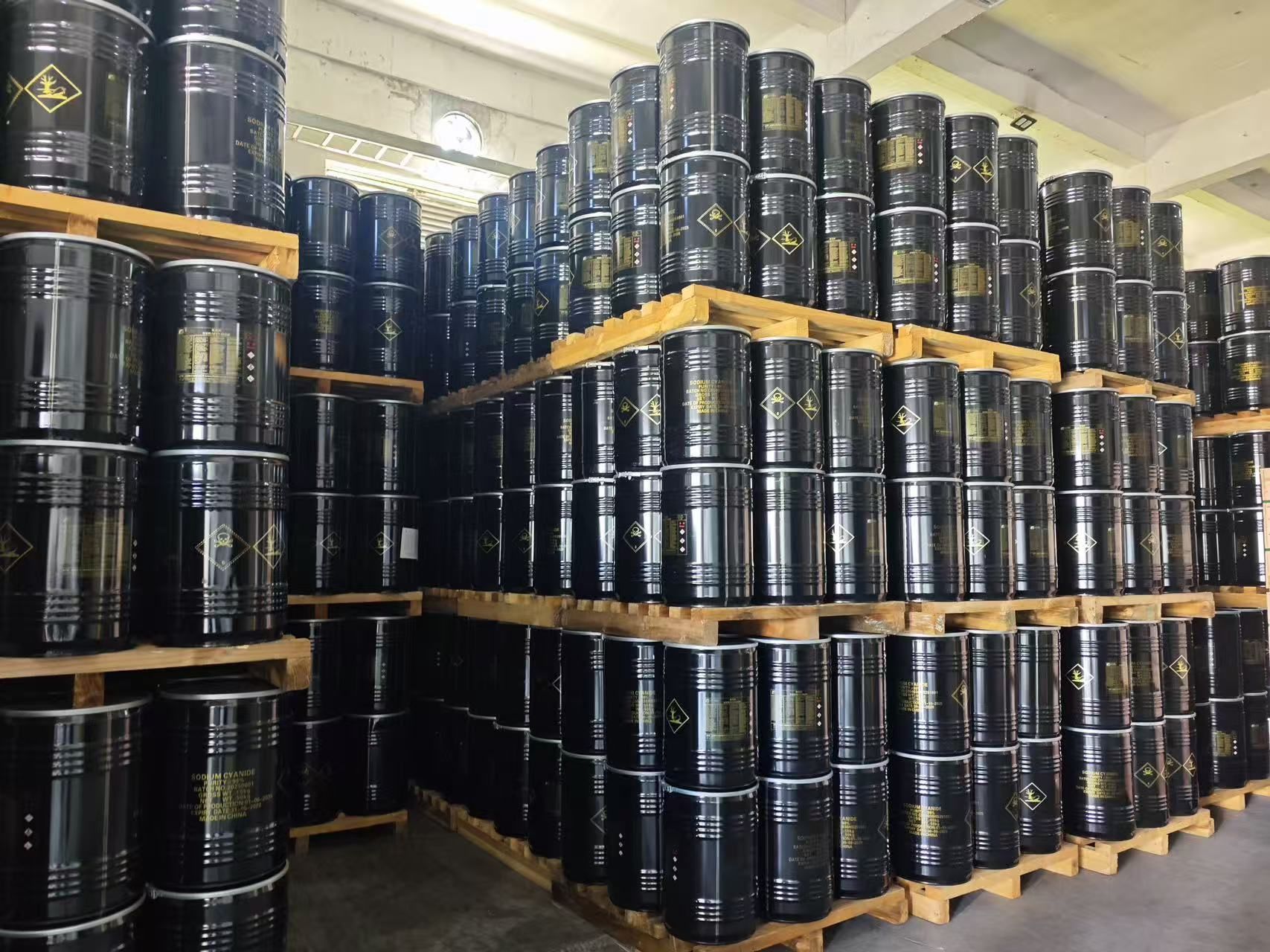
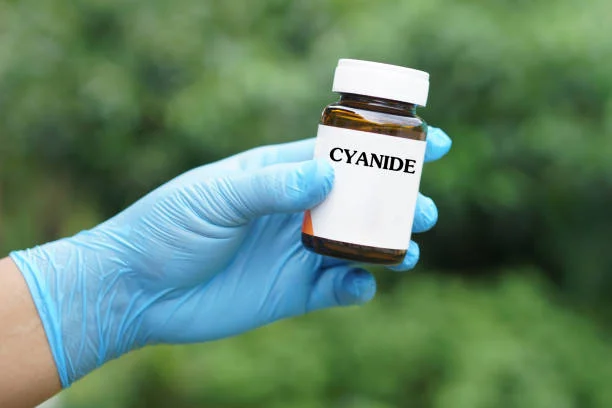
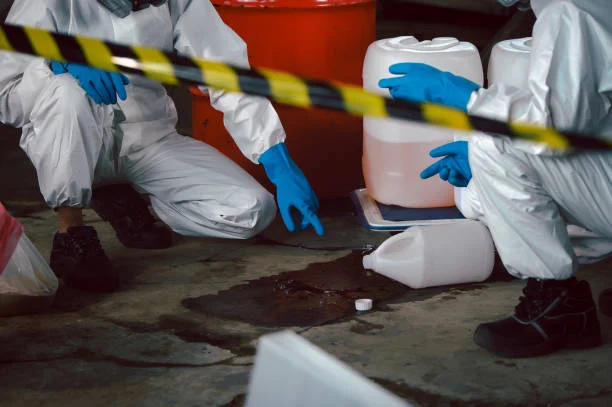
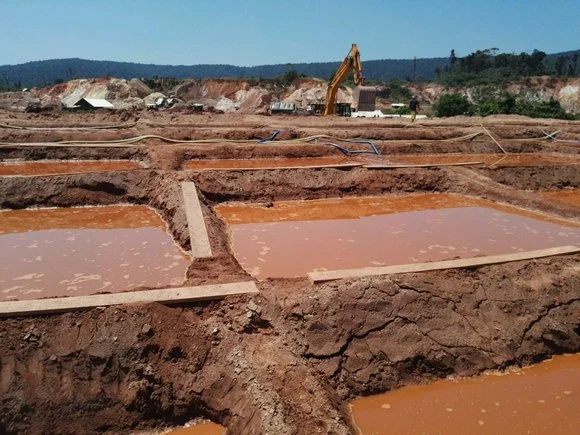
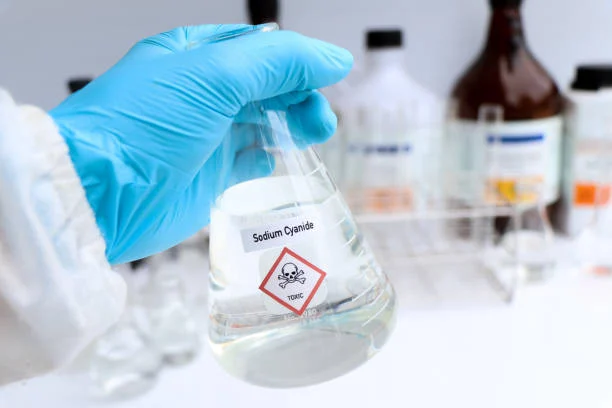


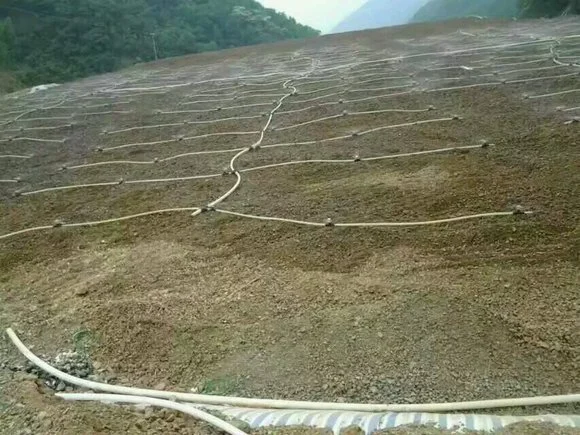


Online message consultation
Add comment: